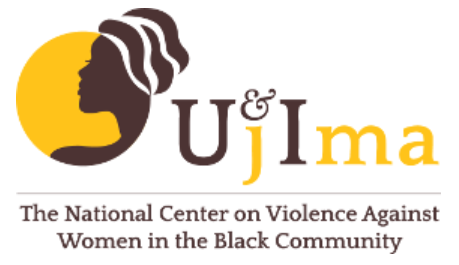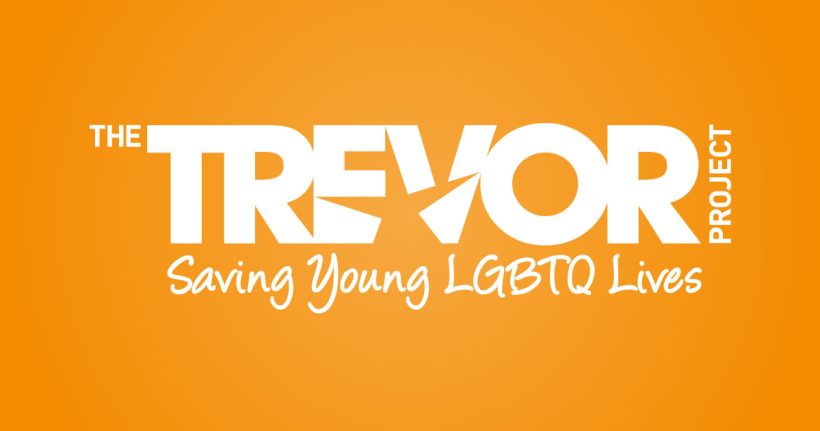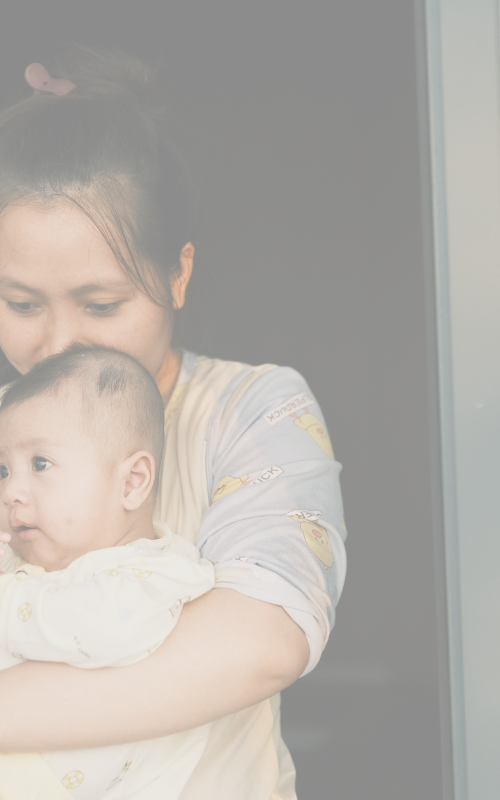Black Women and Sexual Assault
“Many cultural considerations can hinder healing for Black women survivors: the burdensome expectation of strong Black womanhood; the power of the Black church; the desire to shield Black men; and the lack of self-care examples are all real dynamics Black women survivors endure.”









